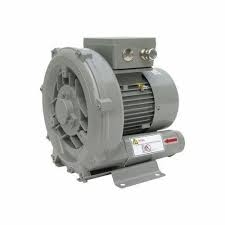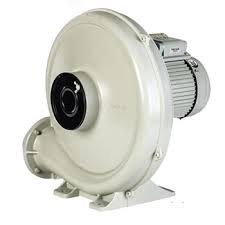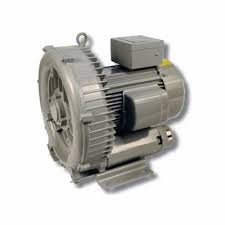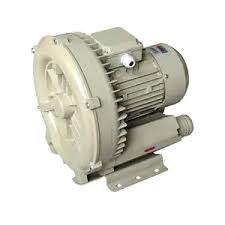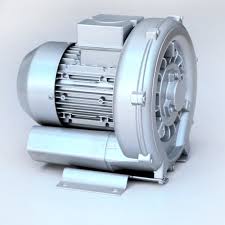What is the difference between a compressor and a blower?
The primary difference between a compressor and a blower lies in their pressure ratios. Compressors operate at high pressure ratios, significantly increasing air pressure, while blowers operate at lower pressure ratios, providing a moderate increase in air pressure. In simpler terms, a compressor packs air into a small space, creating high pressure, whereas a blower moves a large volume of air with a less dramatic pressure increase.
Here’s a more detailed breakdown:
Compressor:
- High-pressure ratio:Compressors are designed to significantly increase the pressure of a gas (like air) by reducing its volume.
- High-pressure output:The high pressure generated by a compressor is often used to power tools, cylinders, and other equipment.
- Examples:Reciprocating piston compressors, screw compressors, and centrifugal compressors.
Blower:
- Low-pressure ratio: Blowers move large volumes of air or gas with only a moderate increase in pressure.
- High-volume output: Blowers are used to circulate large amounts of air, often for ventilation or material handling.
- Examples: Centrifugal blowers, axial flow blowers, and regenerative blowers.
Key Differences Summarized:
Feature | Compressor | Blower |
|---|---|---|
Pressure Ratio | High | Low |
Pressure Output | High | Moderate |
Volume Output | Lower | High |
Typical Applications | Powering tools, pneumatic systems, high-pressure processes | Ventilation, material handling, cooling |
In essence, compressors are for high-pressure applications, while blowers are for high-volume air movement.
How many types of blowers are there?
What is the difference between a compressor and a blower?
What is the best leaf blower for the money?
Should I get a backpack leaf blower?
Should I get a leaf blower or vacuum?
Can I use a leaf blower on my roof?
Are electric leaf blowers better than gas?


